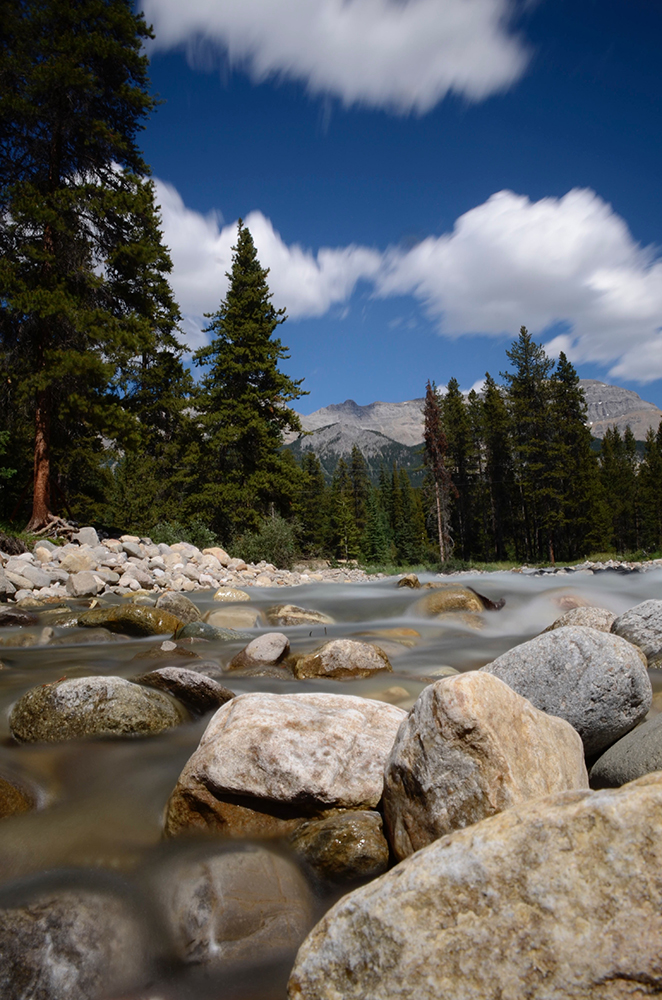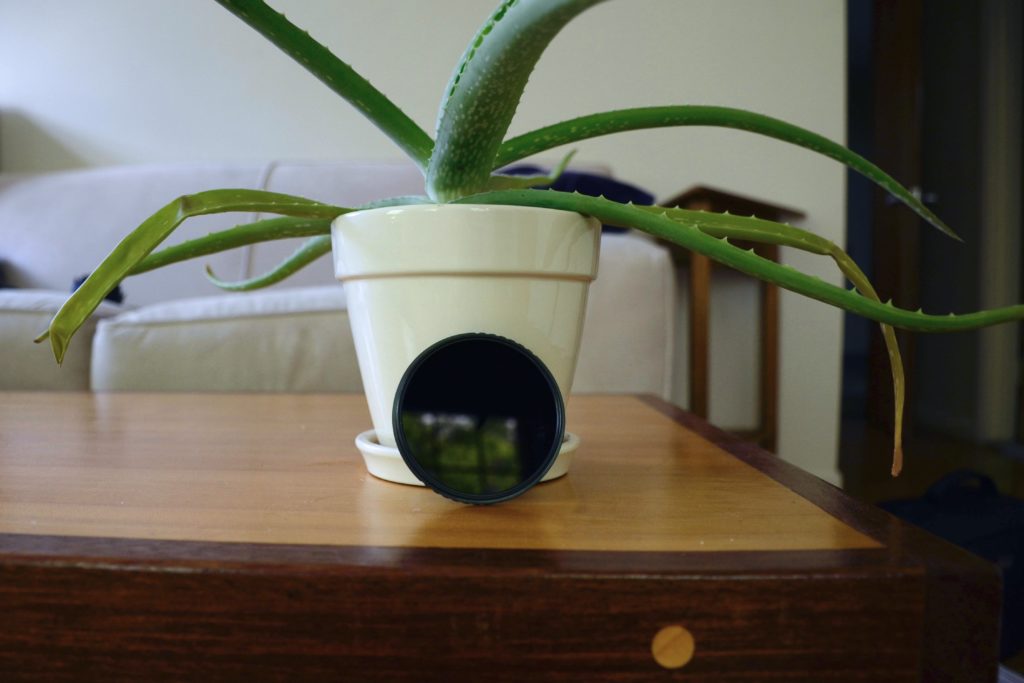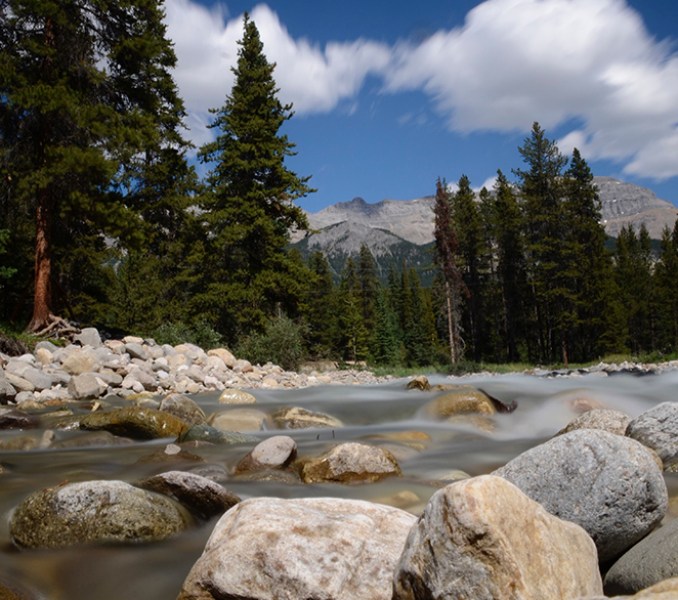What if I told you that you could turn water into mist, clouds into paintings, cars into light, and make the world spin while you stayed static? By using a long exposure setting on your camera, you can achieve all of this!
I recently began to explore the wonders of this somewhat intimidating photography technique. Long exposure shots can easily become skewed. For example, both too much light and not enough light can equally ruin your shot, and if your camera moves ever so slightly you must try again. Now I know this sounds frustrating, but with a little practice and the right tools, you will be able to take photos just like this! Below are some “must-haves” for this photography method.


1—Get a DSLR. This absolutely is the most expensive part. DSLR stands for digital single-lens reflex, which is fancy for “a camera that has a removable lens and takes wonderful pictures!” (Check out this camera bag.)
2—Get a tripod. Having a tripod will allow your camera to stay steady during long exposure shots where camera movement is your worst enemy! If buying a tripod is too much, improvising does the trick as well—you just have to get creative!
3—Know about f-stop, aperture, and shutter speed. Once you have a DSLR camera, it has a bunch of different settings that you can shoot with. In order to create long exposure shots, you must switch your camera to “M” or “manual mode.” Once you have completed this, you will be able to change the amount of light your camera receives. This obviously differs for shooting at night versus during the day. For example, if you are shooting traffic lights, clouds, or stars at night, you want the most amount of light hitting your lens and for usually the longest amount of time (this may be variable depending on the effect you desire). However, an essential part of shooting long exposure at night is setting your f-stop to the lowest number possible which opens your camera’s aperture to its widest setting, allowing the most amount of light in. During the day, things become a little more complicated and expensive.

4—Long exposure during the day. If you are looking to shoot long exposure shots during the day, you must purchase a neutral-density filter (ND filter). This filter screws directly onto your lens and makes it much harder for light to enter. It is important that your f-stop number be set to something pretty high, which will allow you to capture water movement, for example, without letting too much daytime light in.

5—Find a beautiful location and start experimenting. I cannot stress this point enough. Long exposure shots and photography, in general, take time and patience to master all of these technical terms. However, if you, like myself, have a passion for capturing beauty, you will be able to achieve wonders!

Have a long exposure shot you’re proud of? Share it on social media and tag @Cfashionista!

